Professional Watchmaking
The Takeoff in the 90s
In the 1990s an important shift materialized in the watchmaking profession: an increase in the demand for predominantly mechanical high end watches. This trend has been on the rise ever since. Not only did this change go unnoticed by the general public, paradoxically many members of the watchmaking community missed this trend as well. Many in the watchmaking community were focused on mass market demand which consisted mainly of battery swapping and low end movement changing. Unfortunately, many overlooked or ignored the opportunity arising from the high-end consumer demand. To put it bluntly: while trying to figure out how the watchmaking profession fits into the reality of disposable devices, the vast majority missed an incredible opportunity to prepare for the demands that came with the increased sales momentum at the high end.
In principle, all mechanical watches are similar. The energy is stored by a spring, then there is a small transmission, then an escapement and an oscillator. This has not changed over the last 500 years. So what is it that sets the high end apart from the common and utilitarian watch?
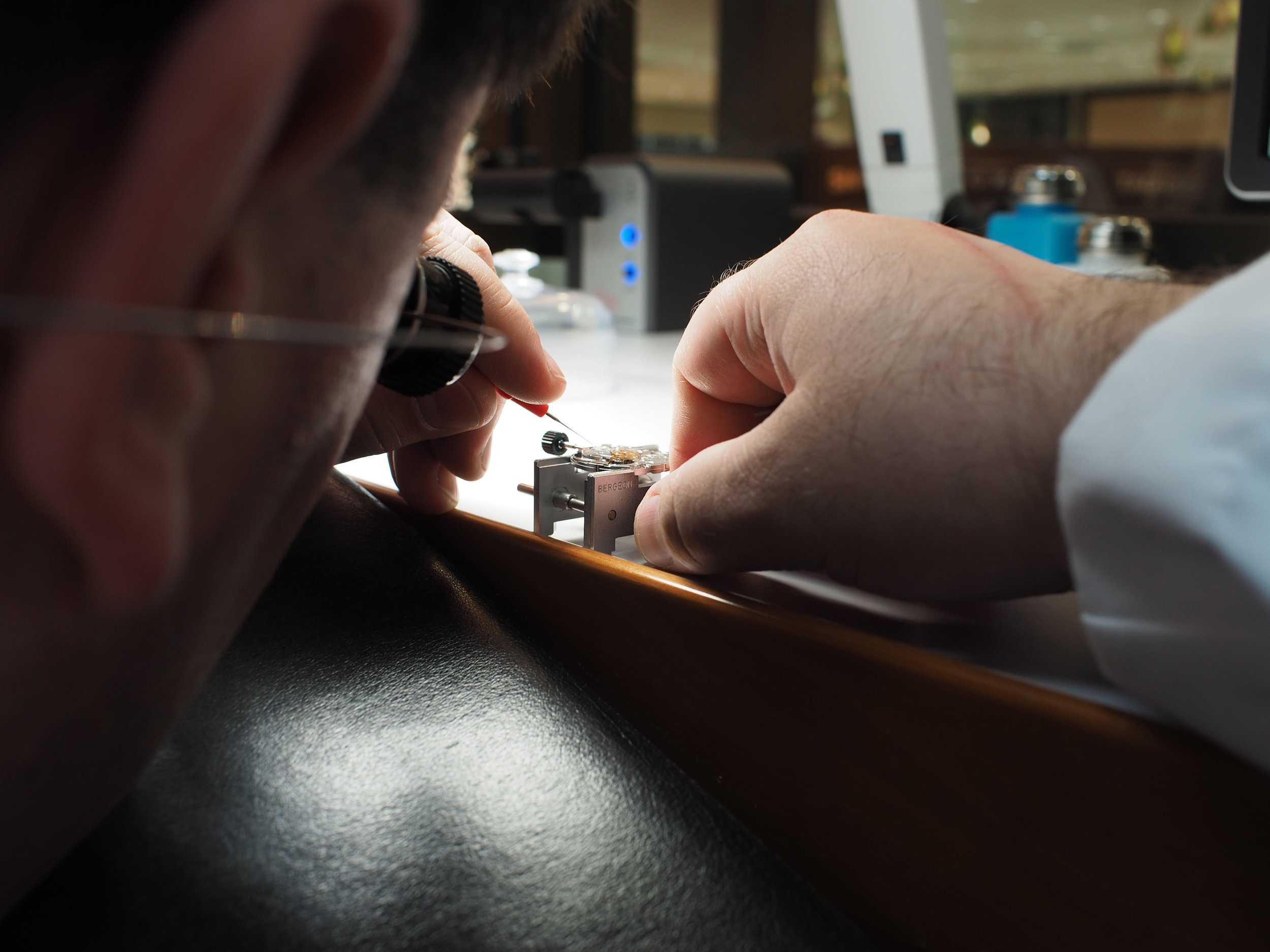
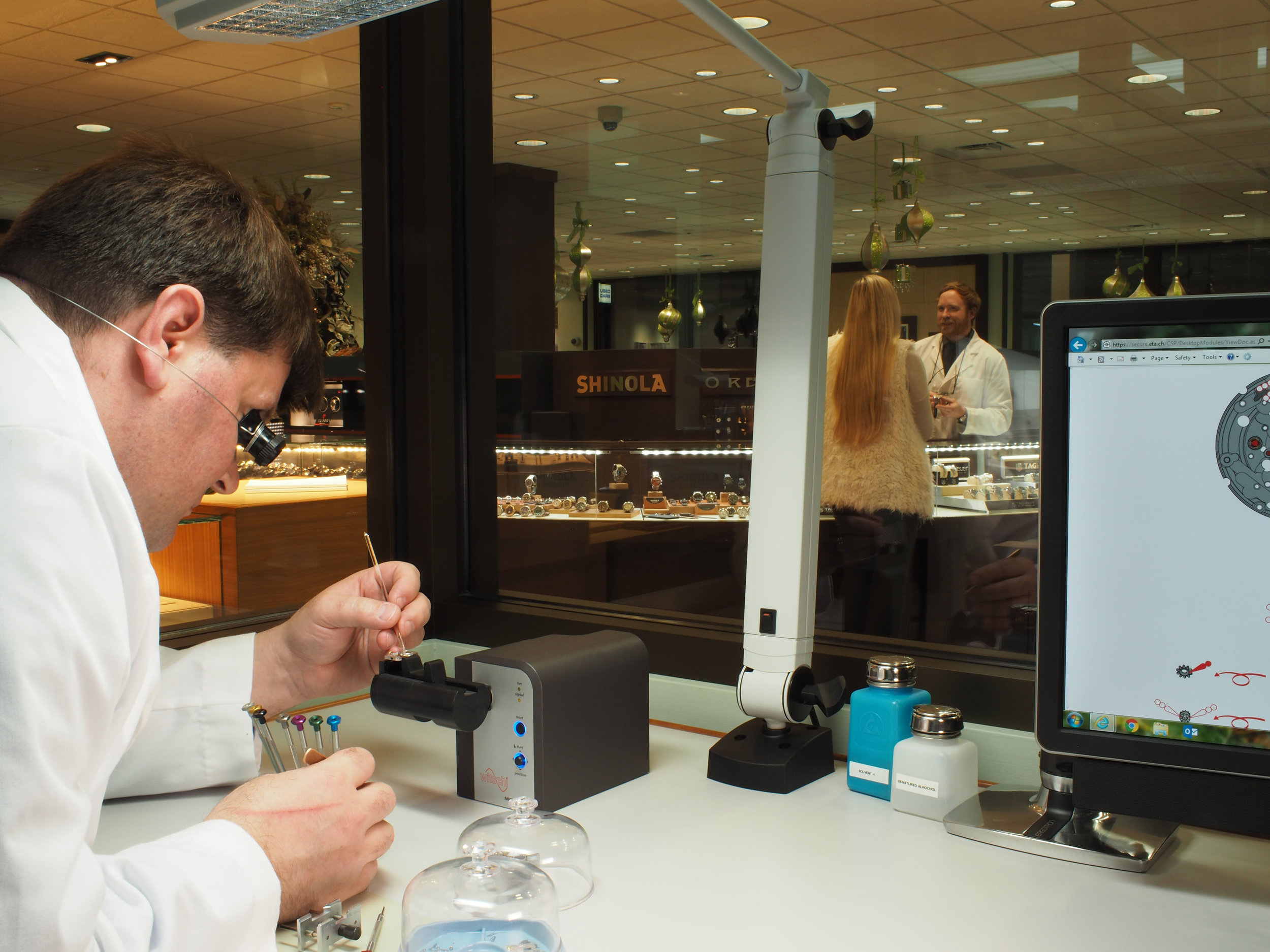
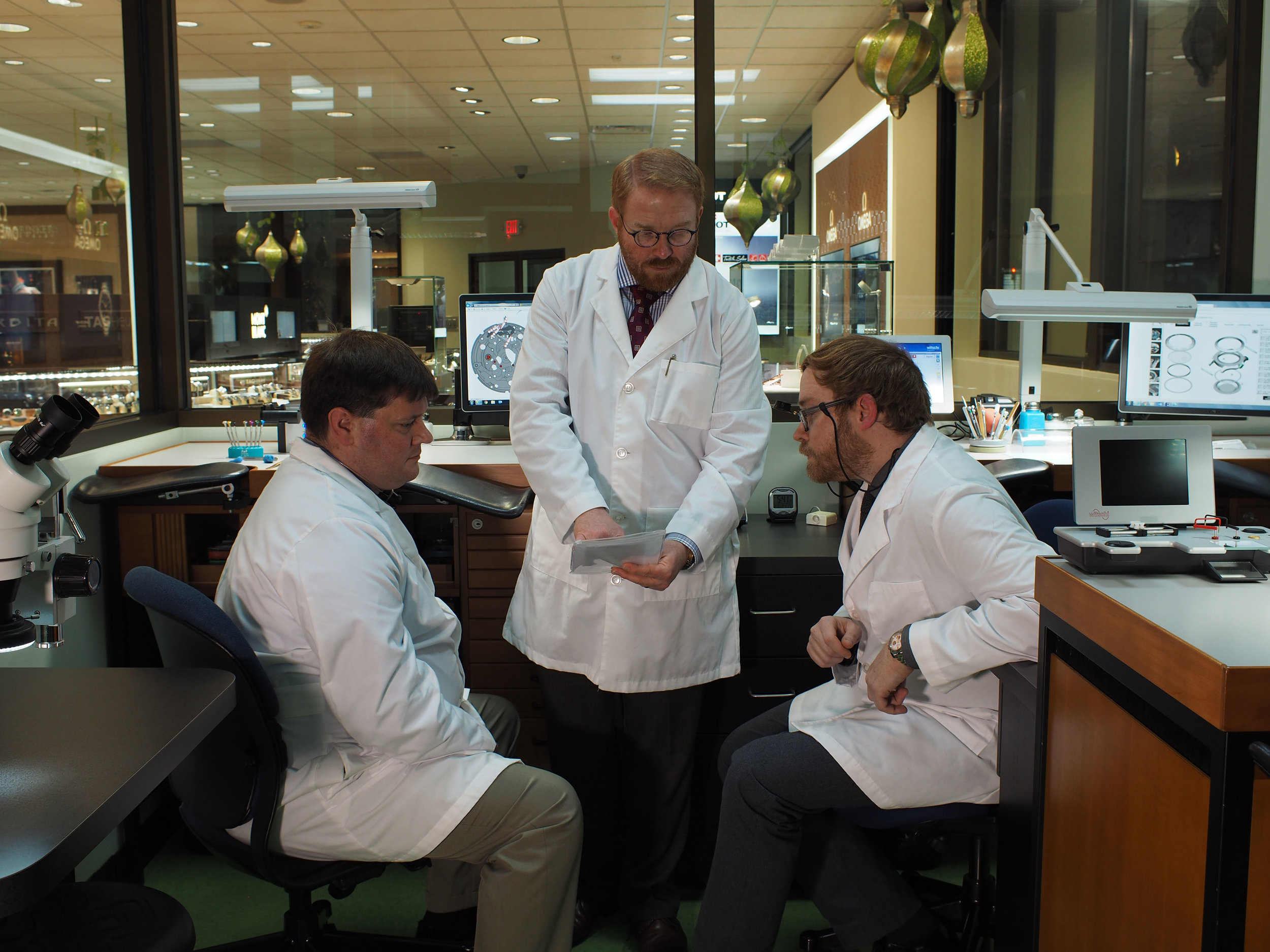
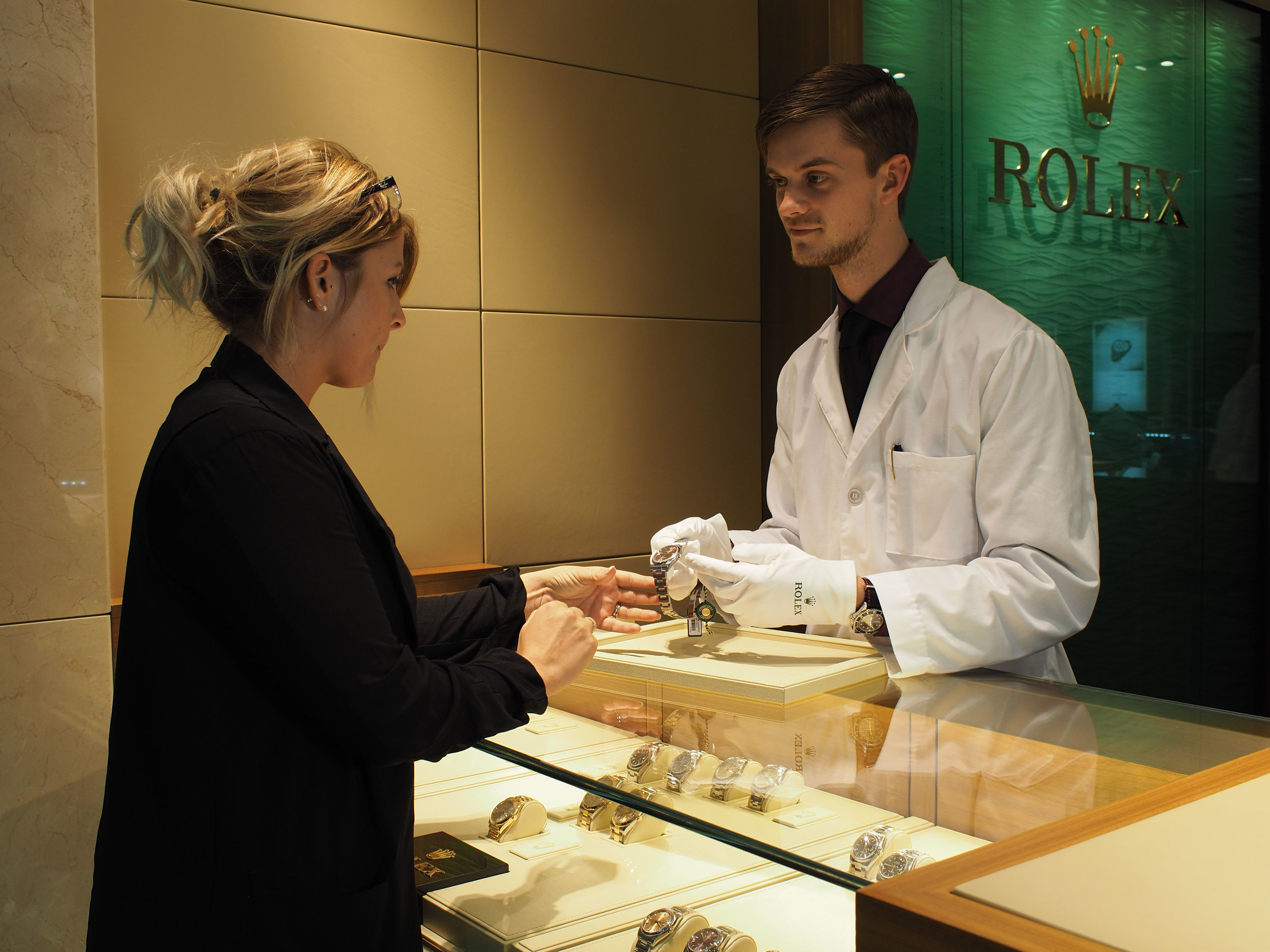
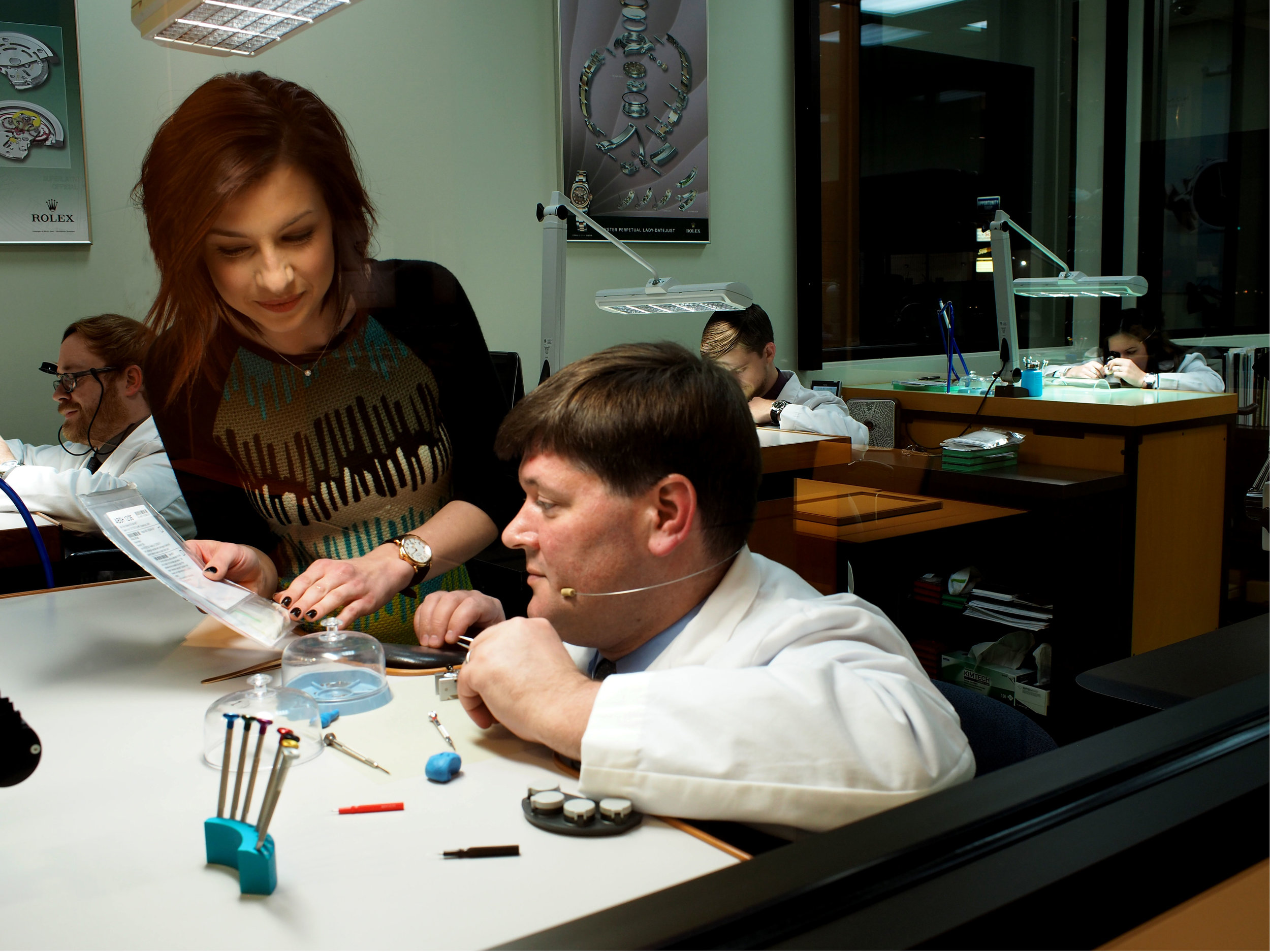
It is the culture.
The ownership of high-end watches in the era of disposable gadgets is anything but utilitarian. In other words, the discerning consumer does not own a high-end watch to simply tell time. A passion for the mechanical intricacy, for the historical dimension, and an appreciation for aesthetics often play a role. In addition, the watch may not only be a status symbol, it can also be an investment. In a time of highly expendable consumer goods, high-end watches represent something stable and lasting.
Watchmakers who provide service to these high-end watch owners must understand the motivations and emotions accompanying the ownership of such timepieces. The high-end watch owner is typically very well educated about his/her watch and the watch culture in general, and expects perfection in every aspect. As after-sales-service is an integral part of the ownership experience, the professional who takes care of the maintenance is expected to deliver the degree of quality and perfection that went into the manufacturing of the timepiece. On the practical side this means: after a repair or maintenance work, the timepiece is returned to the watch owner in pristine condition. Aesthetically and performance wise, interior and exterior ― it must be comparable to the condition of the watch on the day the timepiece was bought.
Specifically this means the movement is running with the same accuracy and power reserve as on the day when it left the manufacturer in Switzerland, and in the same physical condition. No screw marred or bridge scratched by a careless move of the watchmaker. All parts that showed any signs of wear, damage or rust are replaced. The case is refinished to the original surface finish while the integrity of the shape was maintained. The original water resistance of the case is restored and verified by pressure tests with all seals and gaskets replaced.
Frequently, watch owners develop close emotional ties to their timepieces, and therefore prefer to have their after sales service needs taken care of locally. Often they prefer to return to the place where the watch was originally purchased. The idea of mailing the watch to a distant service center is often not preferable for the owners of high-end timepieces. They would rather have a connection to the person who is handling their valuable watch regardless of whether the value is personal, financial, or both.
The watchmakers who work on the retail level find it necessary to master a broad range of skills and knowledge. The modern retail watchmaker finds that his or her tasks include customer consultation, estimating, spare parts logistics, watch movement service, case and bracelet service 'polishing', waterproofing, quality control as well as the administrative aspects of the work flow. Many high end retailers have entered or re-entered the after sales service aspect due to customer demand, and are consciously setting up highly visible workshops within their stores. Retail watchmakers are no longer toiling anonymously behind the scenes, but instead are becoming very visible and active members of the retail environment. Therefore, these professionals must not only be highly skilled craftsman, but excellent communicators and coordinators as well. Modern watchmaking is so much more than a trade. High end watchmaking is a layered and distinctive, in-demand career.

